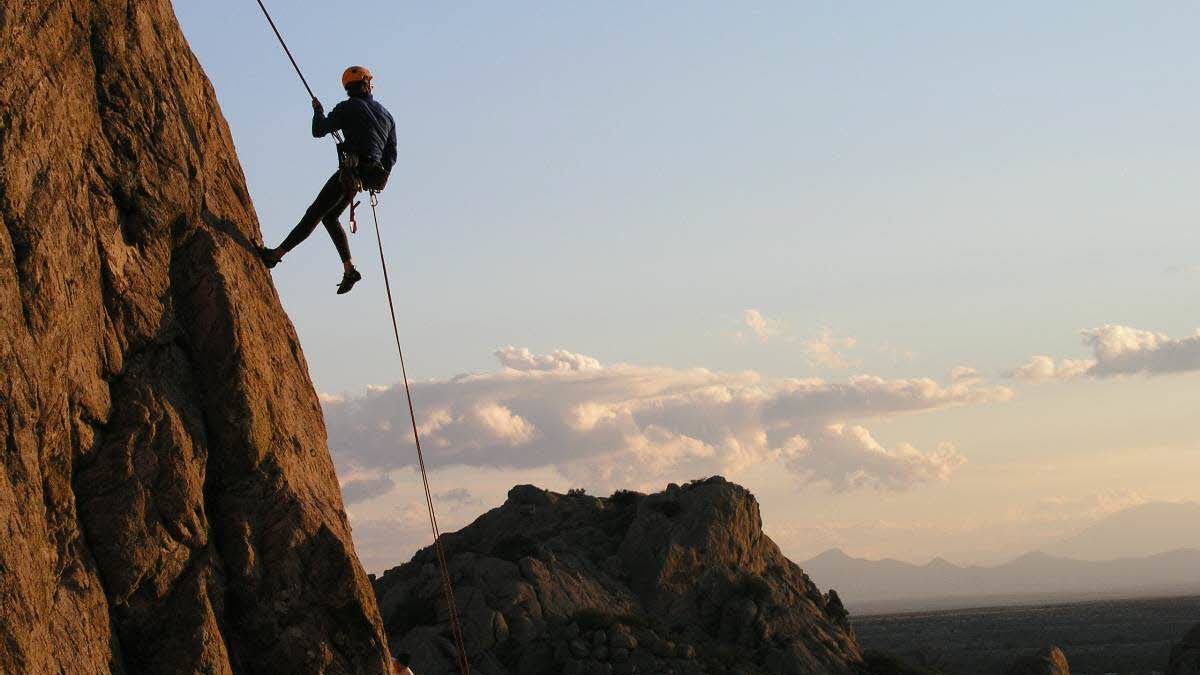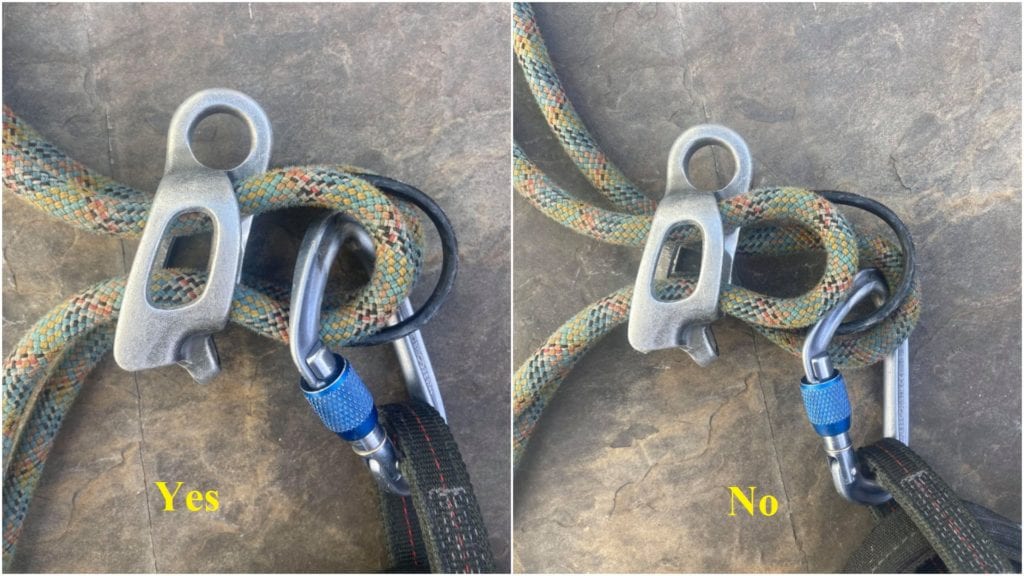Climbing Safety: This Rappelling Mistake Can Kill You
A series of tips and warnings about common climbing errors that can lead to injury or death

Rock climbing is dangerous and there are countless ways to get seriously injured or even die from the simplist error. While there are many factors that are out of your control, such as hazards and weather, there are many that you do control.
Rappelling accidents are far too common, and while there are a number of human errors that can lead to an accident, not clipping in to both ropes is one of the deadliest. When you’re rappelling off a rope thread through an anchor, or off two ropes tied through an anchor, you have to clip into both strands of rope.
Over the past few years, a number of climbers have only clipped into one strand, unclipped their safety and then weighted their rappel system thinking that both strands were clipped. The climbers fell to the ground because the strand that was clipped pulled the unclipped strand through the anchor.
It’s a simple mistake to make, but a deadly one. Always, always, always triple check your rappel system and your partner’s rappel system. It’s easy to get into the groove, be complacent and to skip steps in your safety checks, but drill it into your descent routine to be 150 per cent sure that your system is safe.
There are a number of rappel configurations where you can clip into only one rope, such as by using a stopper knot or counter-balance, but more times than not, and unless you’re aware of that a different system and have been trained to use it, always clip into both ropes.
Rappel Tips
Use a Backup: When setting up your rappel, incorporate a prussic (or an autoblock) below your rappel device If you’re using an extension, this can be clipped directly to your harness’s belay loop. It’s important that the prussic does not slide up into your rappel device, which can interfere with the braking of the device, and is another reason that an extension is important. The backup will allow you to go hands free in order to deal with rope tangles or in the event you’re hit by something while rappelling. By putting a backup on the rope, if you ever threaded the ropes incorrectly and committed to the rappel, the backup ensures you are still connected to the ropes and will prevent what would otherwise be a catastrophe.
Bounce Test: Always make sure to give your system a good test before you commit to it. And do this while you’re backed up and clipped into the anchor.
Tie Knots: There is one way to prevent rappelling off the end of a rope: knots at the ends. Anytime you’re rappelling a multi-pitch, tie knots in the end. It’s an extra step and the knots sometimes get snagged, but they can save your life.
Use Extension: When rappelling a mutli-pitch, an extension will make transitions at anchors more efficient and increase your safety. An extension provides a simple solution for clipping into the next anchor, and added distance between the rappel device and your harness allows for a more effective use of a backup prussic. Watch how to rig an extension below.
Professional Training: Seek proper training from a guide or instructor. Books, videos and friends do not replace the expertise of a professional.



